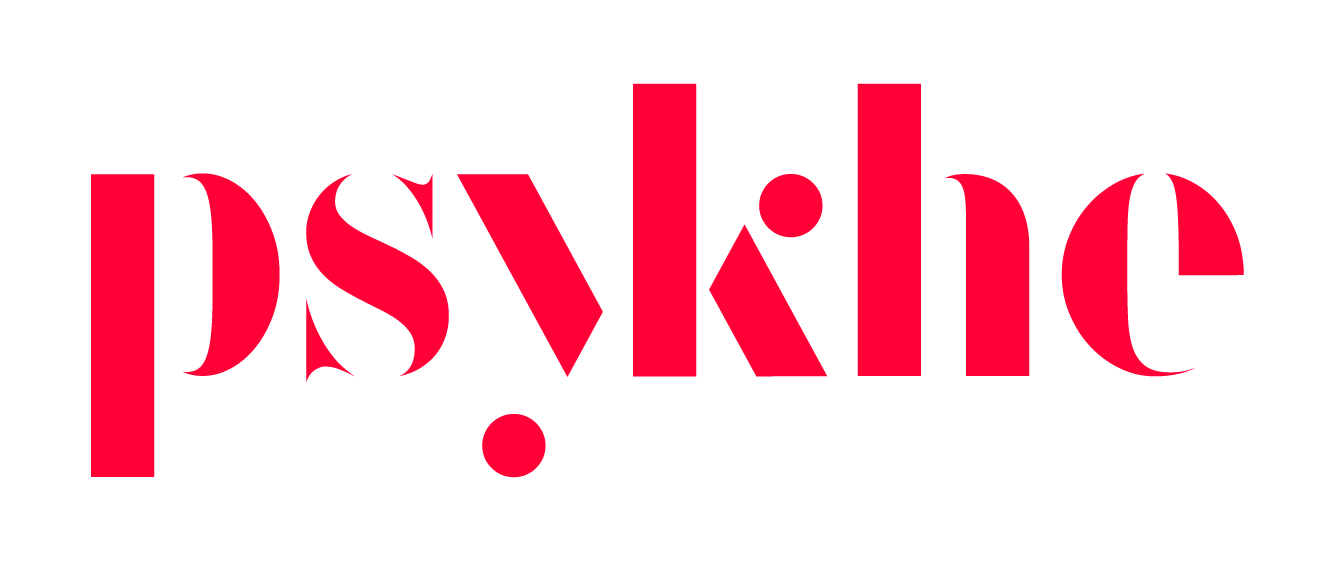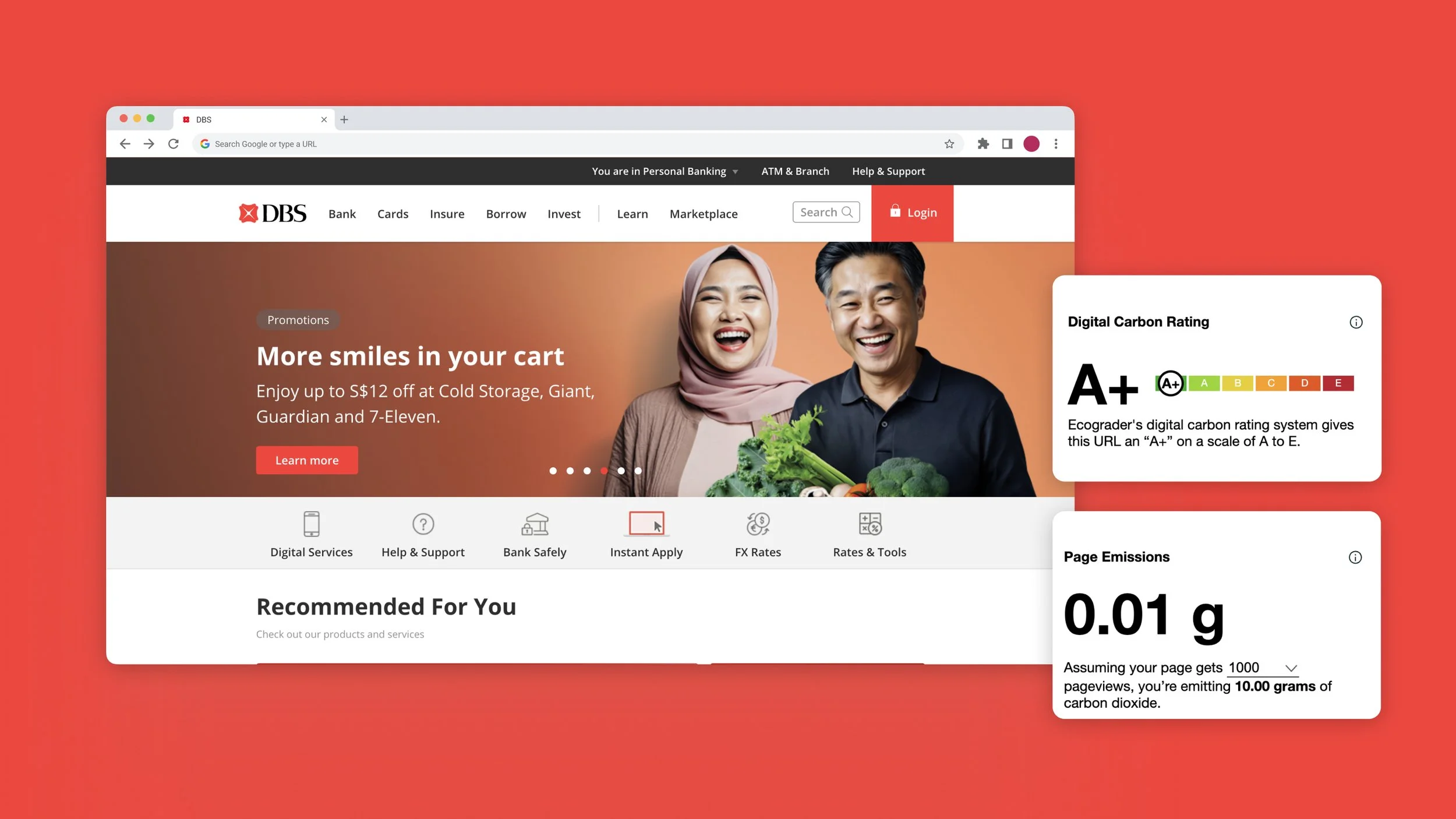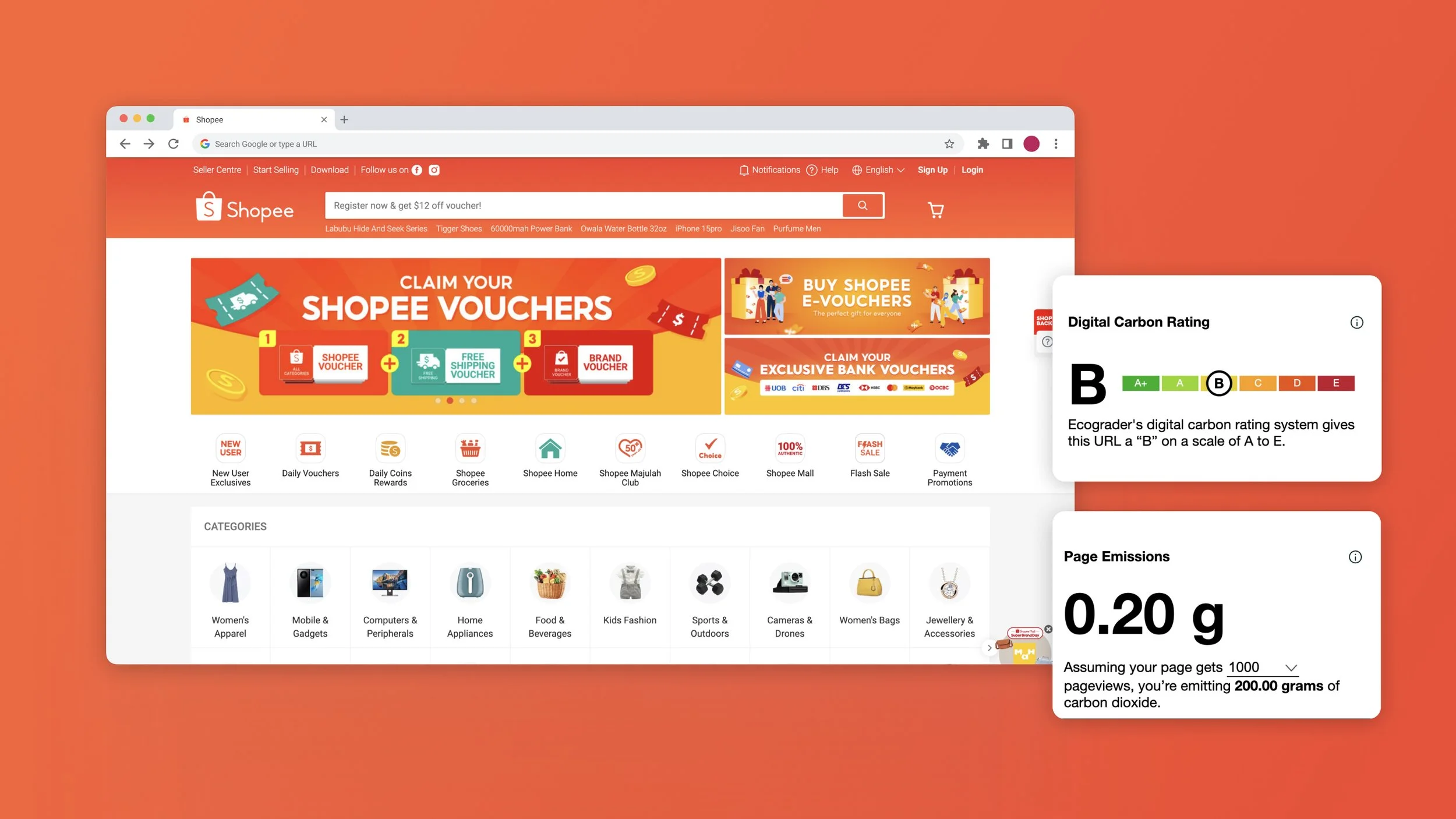Green UX: The Future of Digital Design in Southeast Asia
Southeast Asia’s digital boom is fueling innovation but also driving up energy use and carbon emissions. As sustainability becomes a priority, green UX is emerging as a powerful approach to balance user experience, business value, and environmental impact.
Written by Rachel Teo
The digital economy is booming in Southeast Asia: internet penetration has skyrocketed, and millions of people are online every day. While this presents a bevy of opportunities in the region for innovation and growth, it also means enormous amounts of data being transferred every second, driving energy consumption and increasing the carbon footprint of digital services.
As organisations endeavour to meet sustainability goals, addressing their digital carbon footprint is becoming a key priority. Frameworks like the Web Sustainability Guidelines by the World Wide Web Consortium (W3C) and the Institute for Sustainable IT’s GR491 reflect the growing focus on sustainable digital practices. In Singapore, IMDA has launched the $30 million Green Computing Funding Initiative to co-develop innovative green IT solutions. These moves signal a rising urgency for digital sustainability in Southeast Asia.
This is where green UX emerges as a compelling strategy, enabling organisations to simultaneously enhance user experience, unlock business value, and reduce environmental impact.
What is sustainable digital design, or Green UX?
Green UX is a digital design approach centred on making conscious, sustainable choices in both form and function. While it supports the crucial but ambitious goal of nature regeneration within the circular economy, its most immediate impact lies in helping organisations reduce the carbon footprint of their digital products.
Sustainable UX design considers elements like page weight, energy efficiency and performance to minimise emissions without sacrificing functionality. Tools like Ecograder measure the weight and carbon emissions of webpages, providing a great starting point towards more mindful eco-friendly UX design.
Low carbon designs in the real world
Several forward-thinking organisations are already leading the charge in sustainable digital design. These brands have demonstrated that it is entirely possible to create user experiences that are engaging, effective, and planet-friendly.
✅ DBS Singapore
DBS’s website is a prime example that high traffic, rich content and striking visuals don’t have to come at the expense of sustainability. With an impressive A+ rating and an ultra-low carbon footprint of just 0.01g CO₂ per pageload, the site combines vibrant aesthetics with efficiency. Its low-carbon website includes effective above-the-fold design ensures quick loading times and easy access to essential information, demonstrating that a well-designed site can be both comprehensive, and energy efficient.
✅ Shopee
Defying conventional expectations, e-commerce platform Shopee scores a B rating on Ecograder, producing a low carbon footprint of 0.19 g CO₂ per pageload. Despite the multitudes of images that support consumer browsing of products, appropriate image sizing and responsiveness improves load time and reduces required layout shifts. Other powerful factors include SEO-optimised product pages as well as relatively strong accessibility accommodations.
Room for improvement: Ministry of Sustainability and the Environment
It’s often easy to overlook your website and digital activities as a contributor to your organisation’s carbon footprint. Even the Singapore Ministry of Sustainability has room for improvement with their website, with a rating of E and an emission score of 0.9 g CO₂ per pageload. Ecograder calls out specific strategies such as green hosting, reducing server requests and properly sizing images to help the Ministry of Sustainability and Environment achieve a better overall score. When we grow more conscious of how our digital products perform, we take another step towards driving our collective, sustainable future.
Implementing Green UX for digital sustainability
Green UX does not have a single look to it. Visual appeal, creativity and scale do not need to be sacrificed. Instead, what it necessitates is a conscious effort to balance user and business needs, while ensuring digital interfaces consume less energy.
By adopting sustainable, low-carbon UX principles such as optimising media, streamlining code and prioritising performance, you can build faster, greener websites that serve your business, users and our planet. It’s not just good design; it’s responsible design.
Hang tight as we work on greening our own website, and get in touch with us if you’re ready to embark on this journey together!
Disclaimer: All Ecograder ratings cited in this article were obtained between 17 to 21 July 2025, based on the homepages of the relevant organisations.




